Comparing Salaries: Corporate Job vs Airline Pilot, What's the ROI?
In a country like India, where competition for education and careers is very high, the first question on the minds of every student and their parents
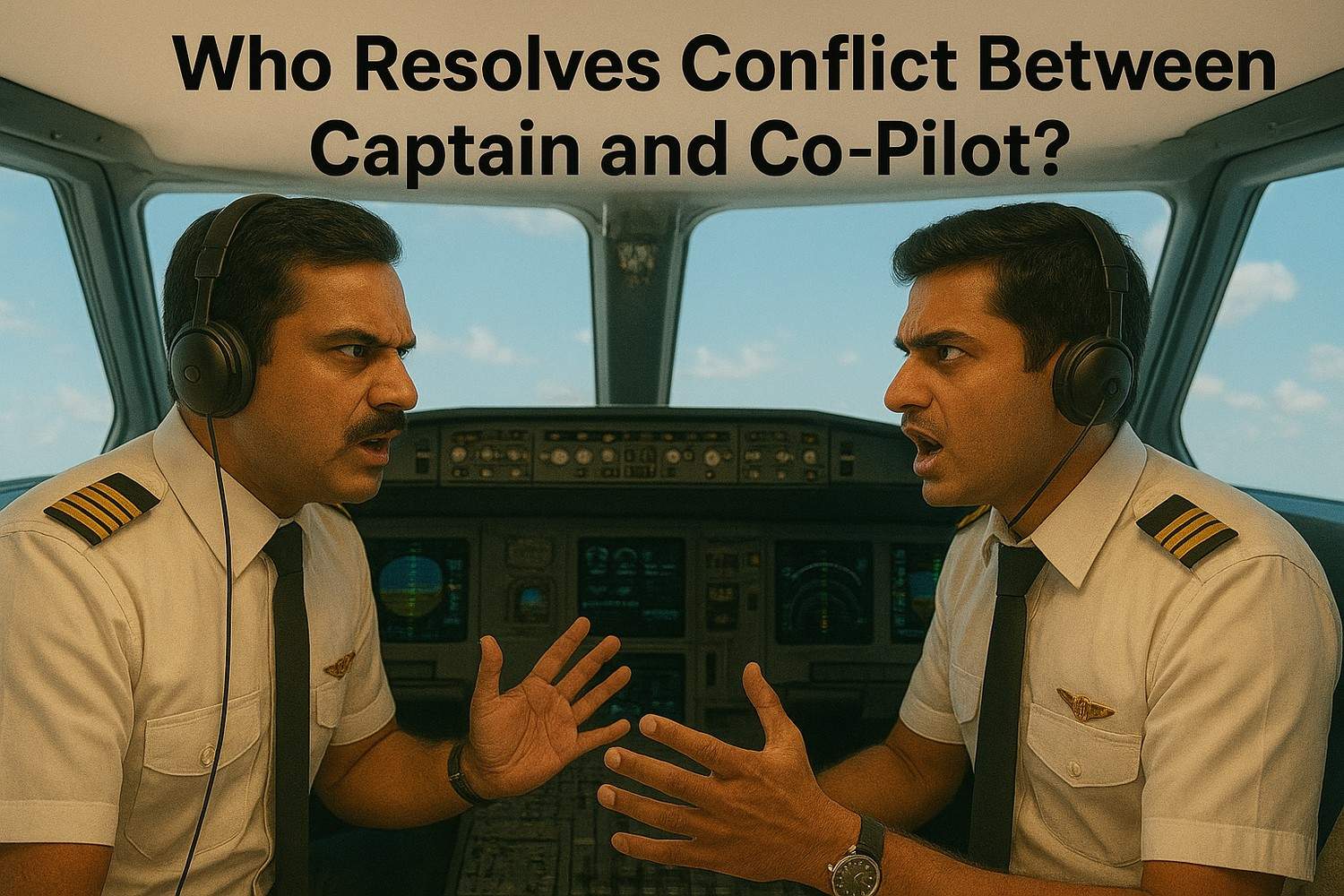
In commercial aviation, where split-second decisions can make a lot of difference, the cockpit is one of the most critical workspaces. With more than 2.7 million passengers flying daily across India and the aviation industry of the country growing at 8-10% annually, the dynamics between crew members have never been more crucial. But what happens when there is a conflict between the captain and the co-pilot?
The Indian aviation industry is on the rise, with the domestic passenger count reaching 154 million in 2023-24. There is no room for pilot conflicts to persist.
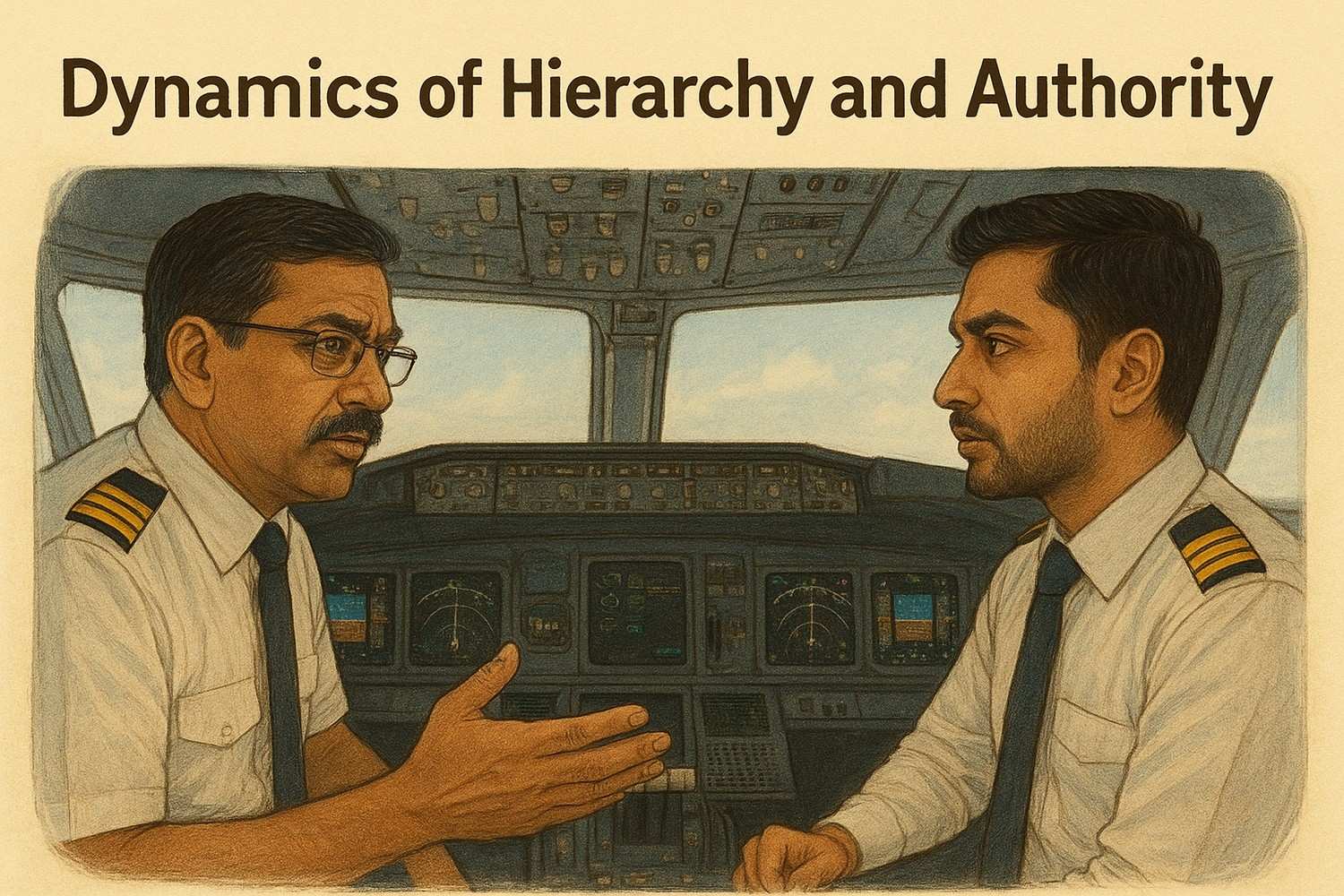
The captain holds the supreme authority and responsibility on a flight and ensures the smooth operation of the flight.
The First Officer, or a co-pilot, also serves as a decision-making partner. They also play a significant role in Crew Resource Management (CRM).
It is mandatory by the DGCA that both pilots undergo regular CRM training, emphasizing that while the captain has final authority, effective communication and shared decision-making are paramount to flight safety.
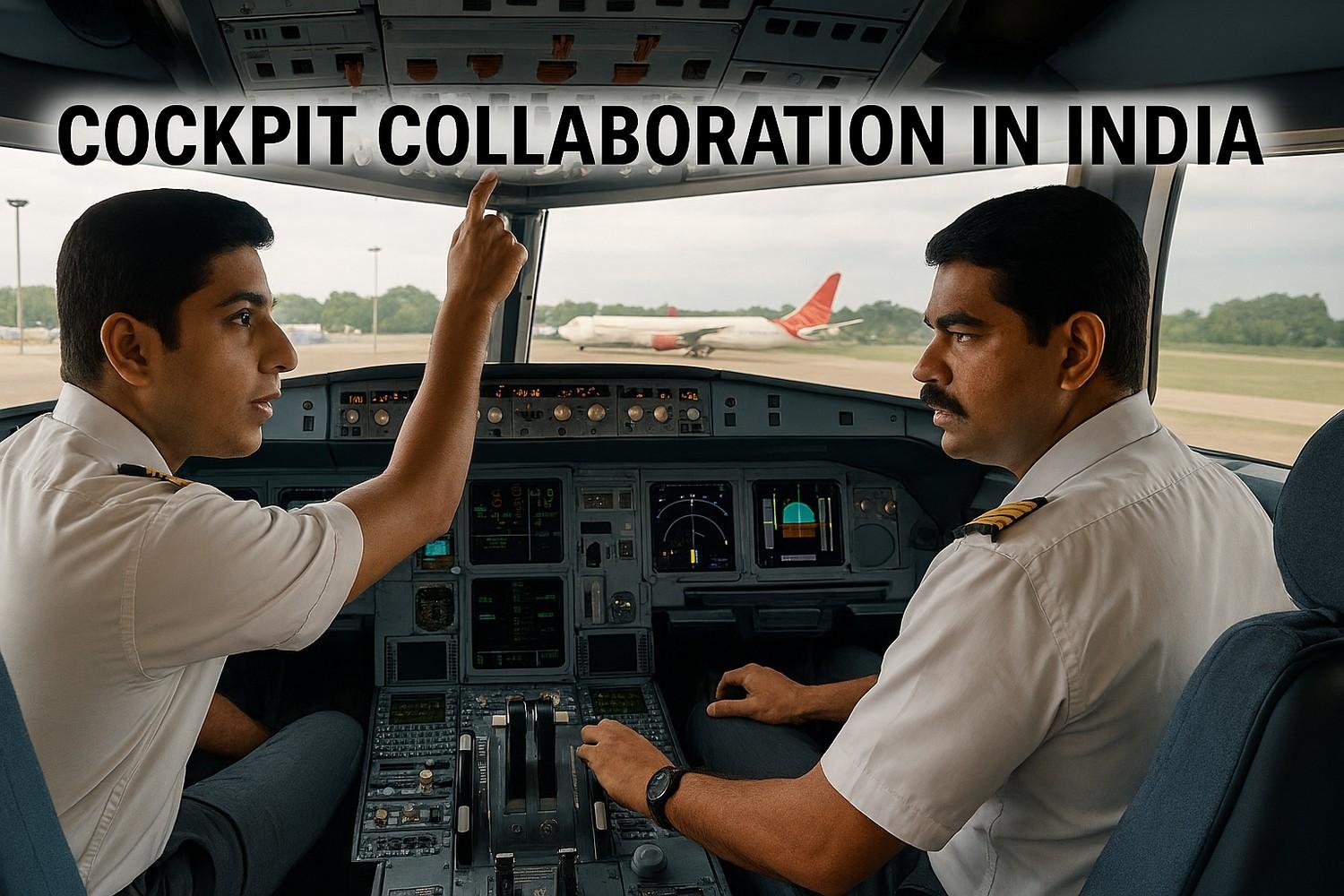
Crew Resource Management holds significant importance in aviation safety protocols since the integration of modern aircraft systems. Major Indian airlines invest about INR 2-3 lakhs per pilot in a year on CRM training, which includes modules on:
Communication Protocols: This particular module includes clear, standardized phraseology. Pilots in India are trained in ICAO standard phraseology, with added importance on handling polyglot environments where ATC might communicate in Hindi, English or other regional languages.
Authority Gradients: This module helps in comprehending when and how a co-pilot should challenge the decision of a captain. This is important in Indian aviation culture, where juniors may refrain from speaking their mind in front of the seniors during critical situations.
Situational Awareness: This particular module provides a shared understanding of aircraft status, weather conditions and operational constraints.
Stress Management: This module is all about handling stressful situations while maintaining clear judgment. With India’s crowded airspace, where Delhi and Mumbai airports alone handle over 1,400 flights daily, stress management is vital.
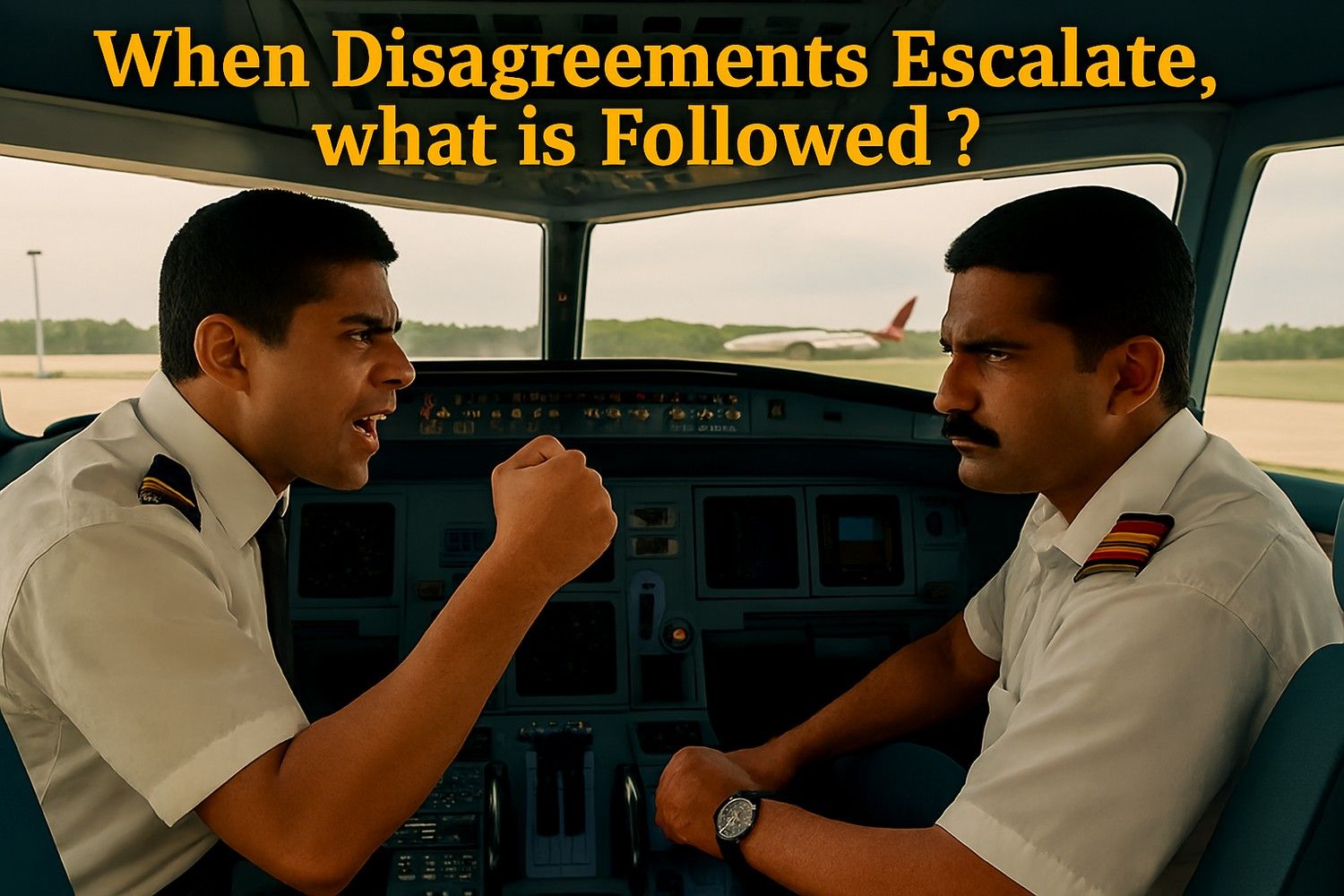
Conflicts between flight crews cannot be fully washed away despite all the training. When the situation is such, a set pattern is followed for the resolution of the same.
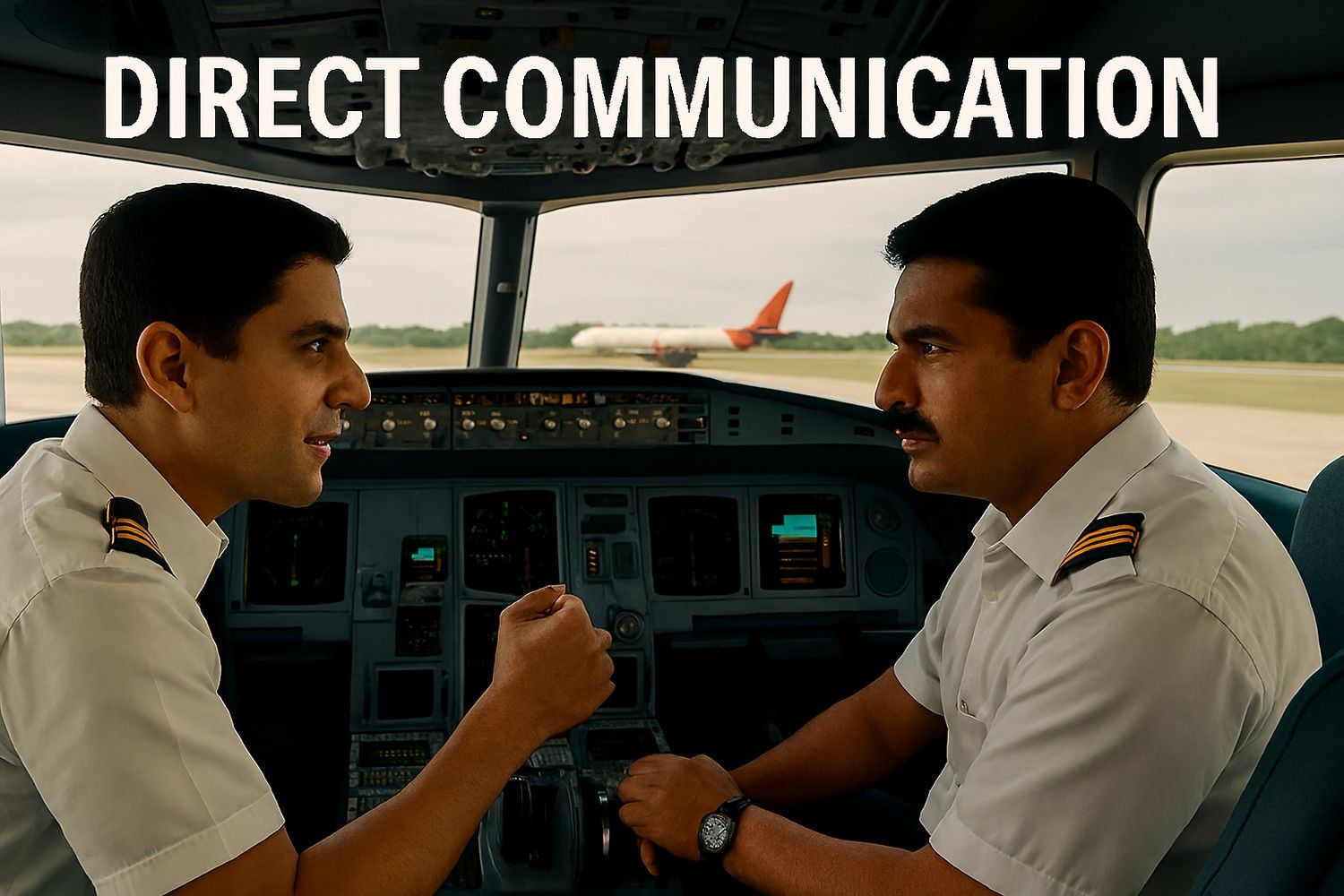
The first step in the resolution of a conflict between the captain and co-pilot is through direct communication between the two. DGCA regulations require that any safety concerns be voiced clearly and acknowledged. If a First Officer has safety concerns, they must voice them twice. If the Captain doesn't acknowledge these concerns, the situation escalates.
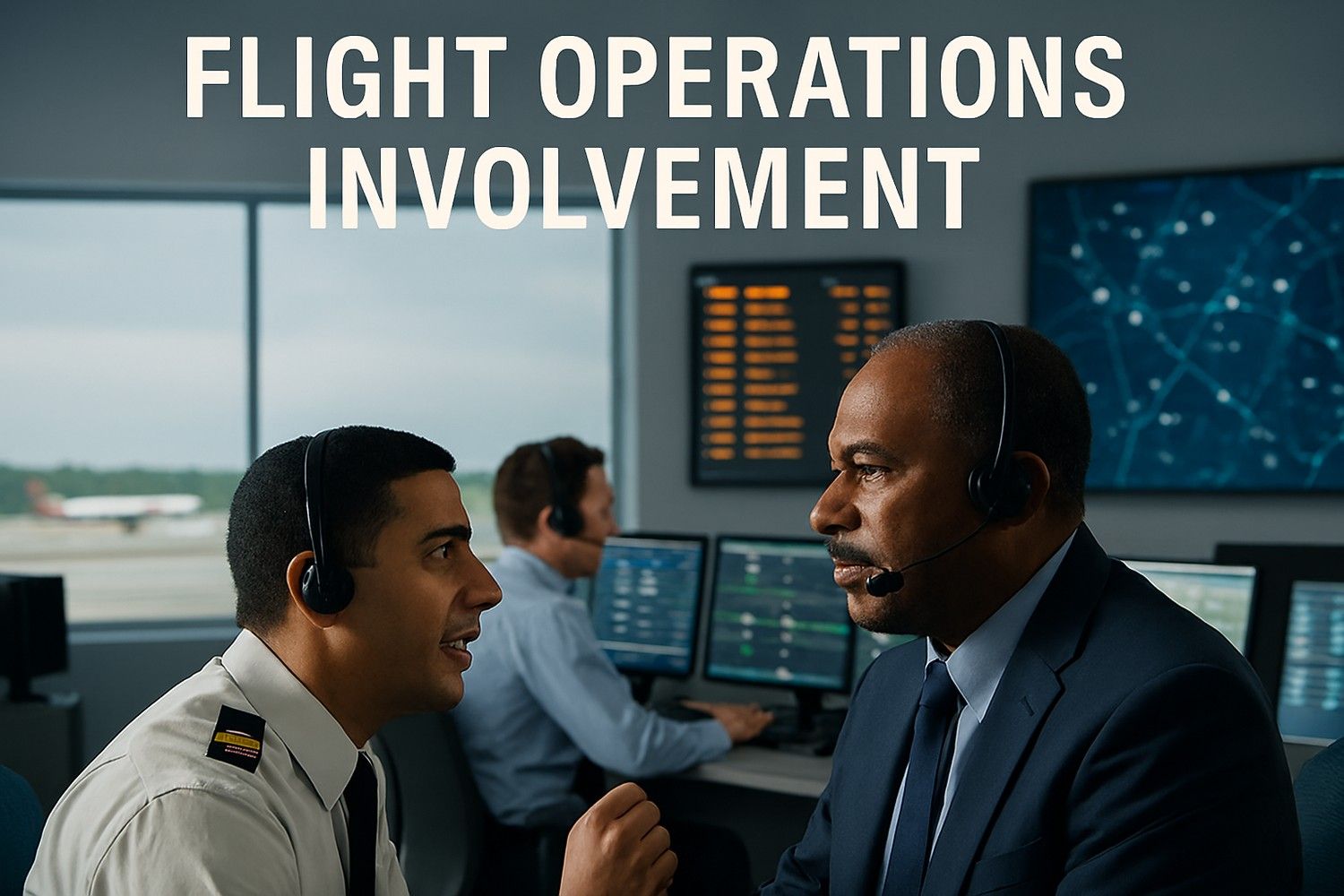
If conflicts cannot be fixed through direct communication, the next step includes the airline's Flight Operations department. Major Indian carriers have dedicated Flight Safety Officers who can be contacted through satellite communication systems throughout the flight or through ground-based coordination.
There are seasoned pilots in Flight Operation Centres, competent enough to guide on technical issues, weather-related decisions or operational procedures. These centres, on average, handle 15-20 crew consultation calls daily across major airlines.
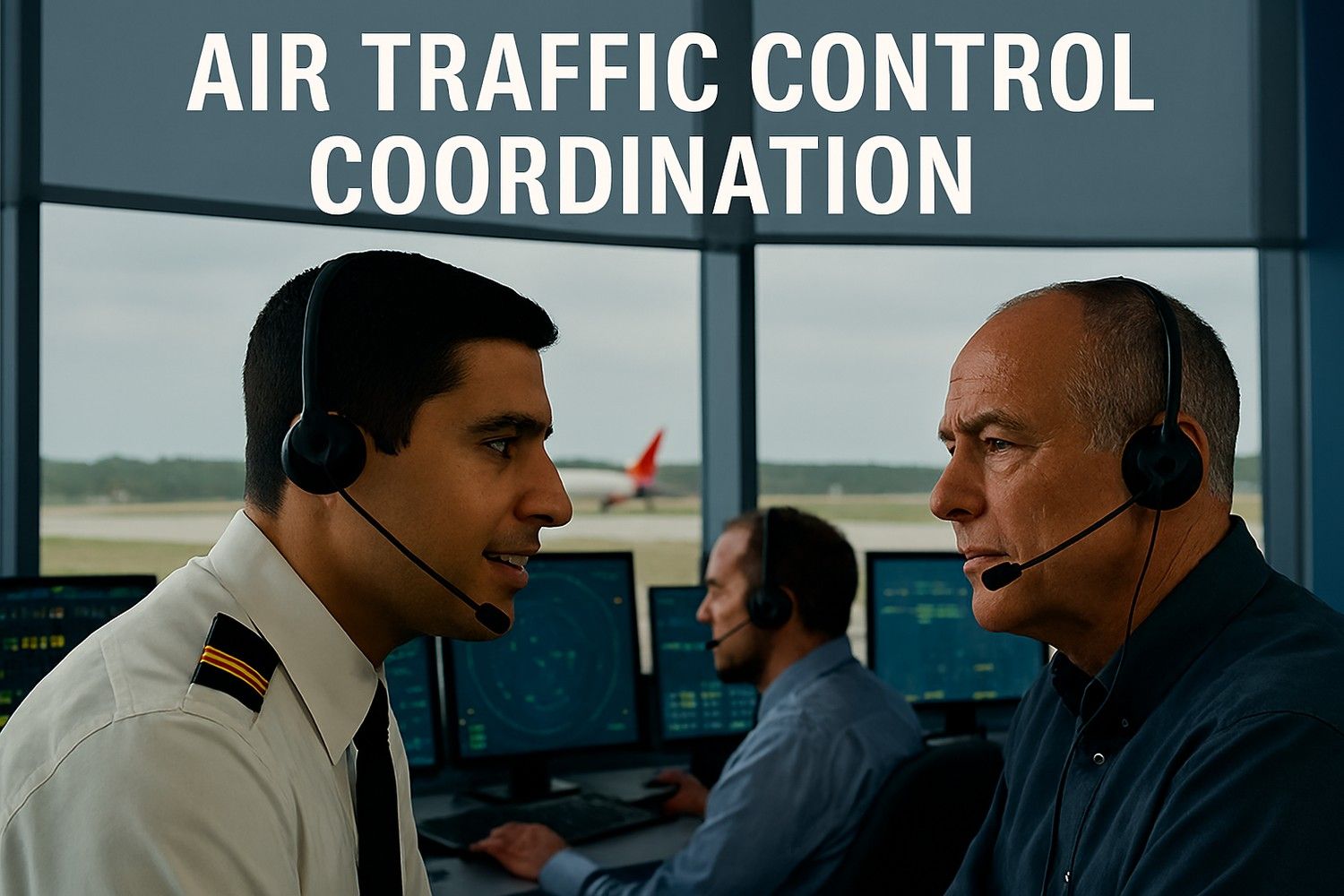
When conflicts between pilots affect flight operations, ATC comes into the picture. India's ATC system, managed by the Airports Authority of India, handles over 3 million air traffic annually. ATC can offer suggestions for alternative routing or coordinate with other aircraft to offer more time for crew decision-making.
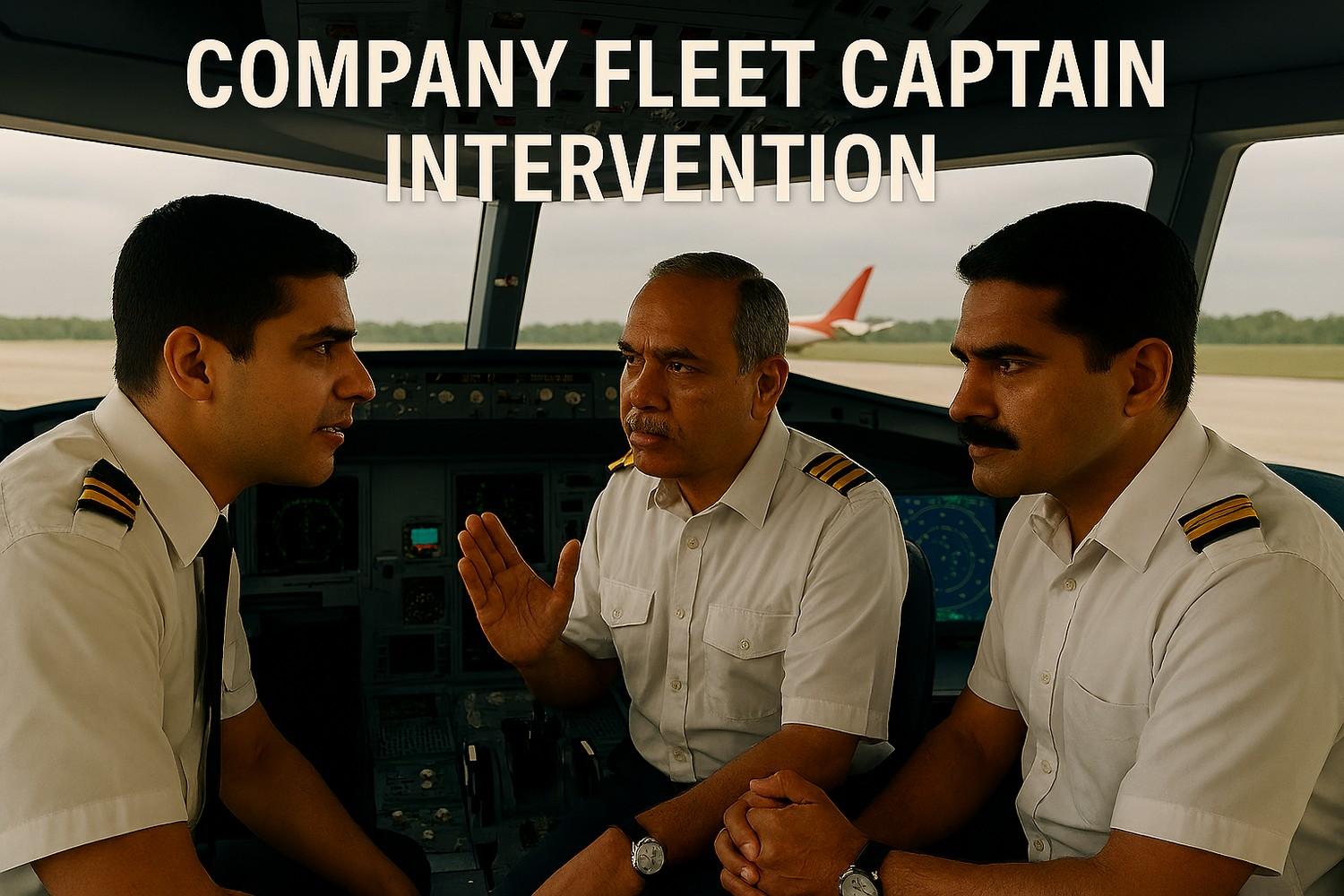
Each major Indian airline has Fleet Captains. These have an experience of about 10,000 flight hours and can offer guidance on complex technical or operational issues. Fleet Captains are can nullify operational decisions if safety is compromised as they are in direct communication with the flight crew.
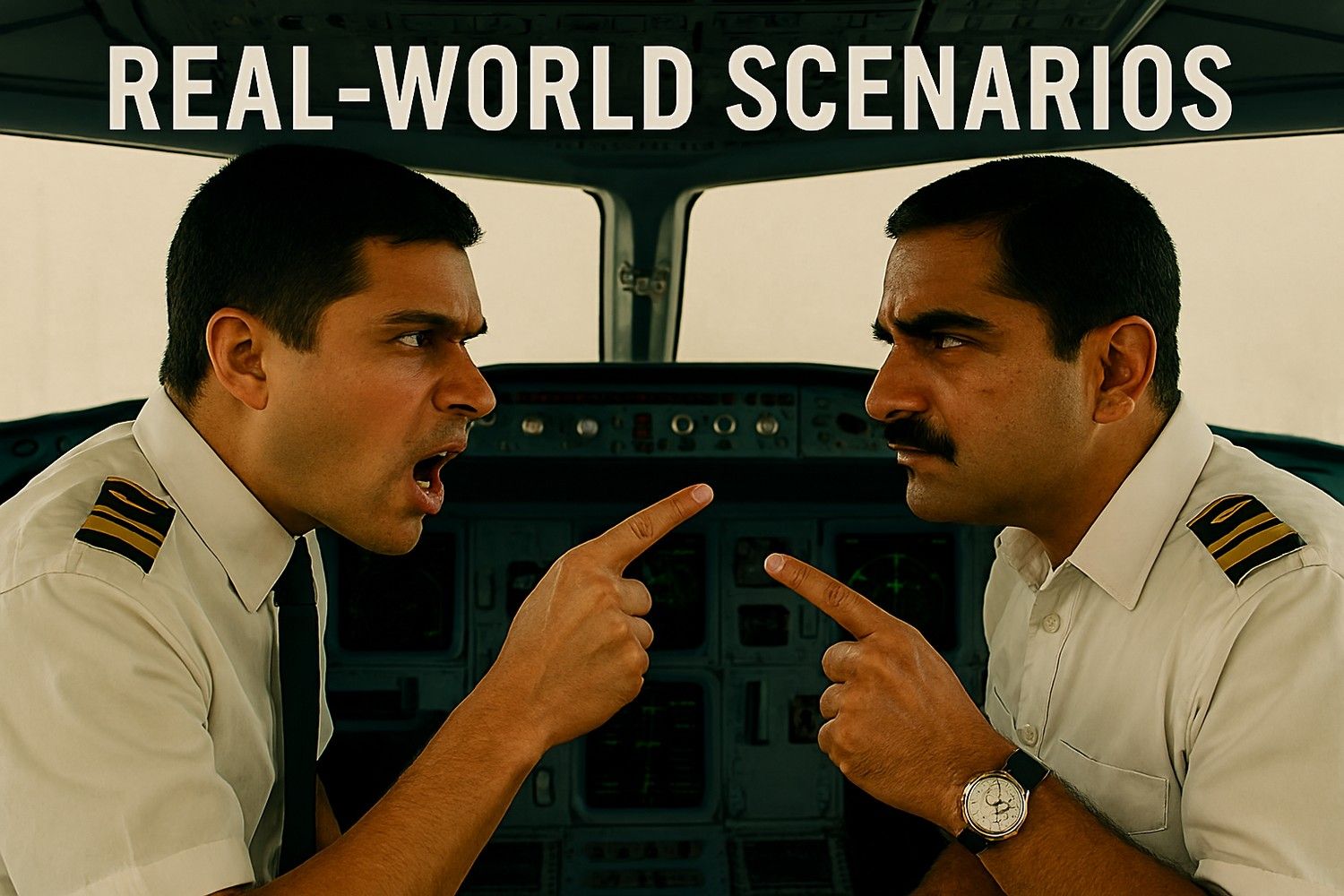
There have been cases in the Indian aviation scenario where effective conflict resolution protocols have prevented accidents:
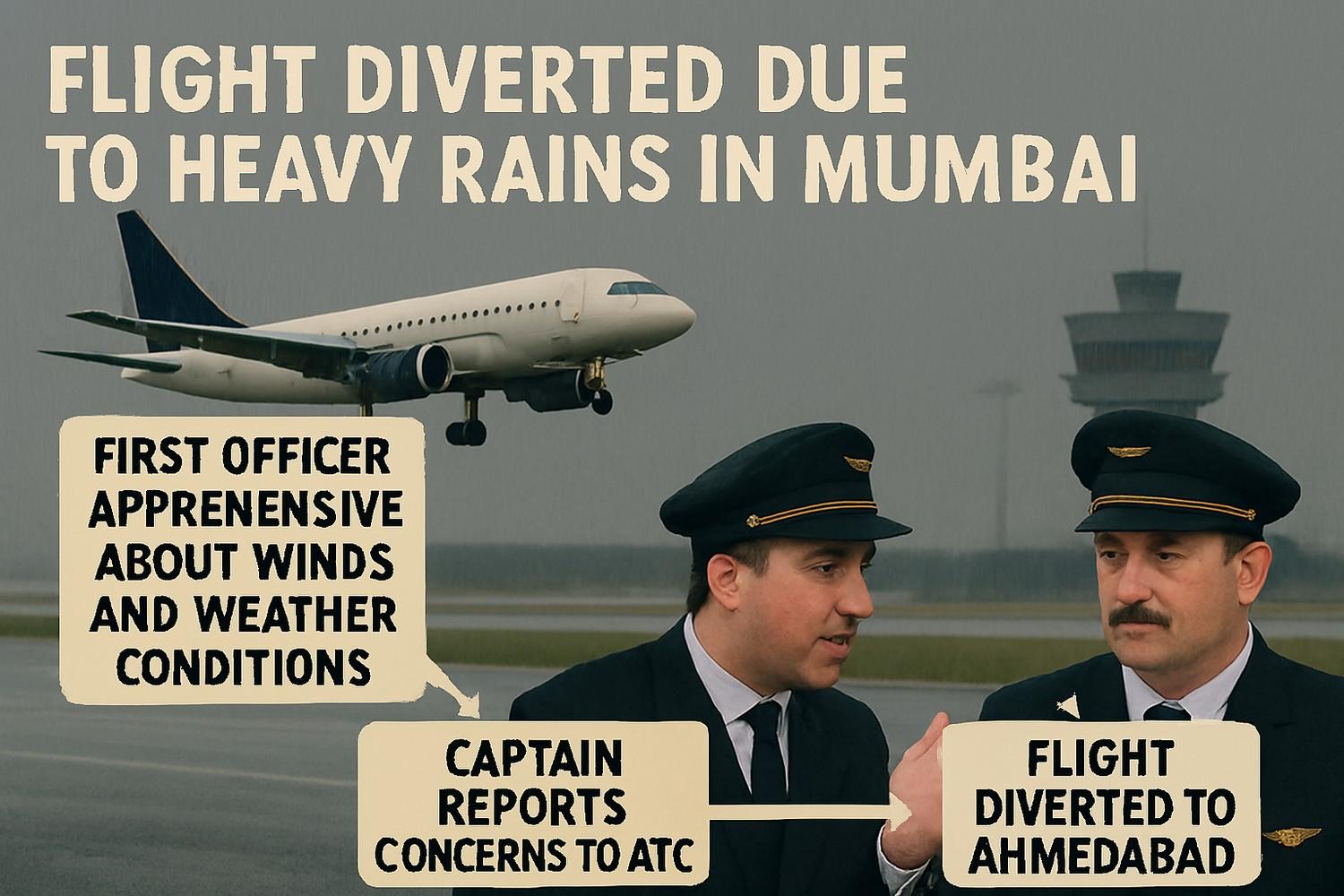
In heavy rains in Mumbai, a flight was about to make a landing at the Mumbai Airport. But the first officer of the flight expressed his apprehensions about the winds and the overall weather conditions. The captain, although keen to stick to that approach, went on with the landing. Keeping the CRM protocols in mind, he noted and reported the co-pilot's concerns to the ATC. After that, the flight was diverted to Ahmedabad. Later, the analysis stated that the concerns of the first officer were valid.
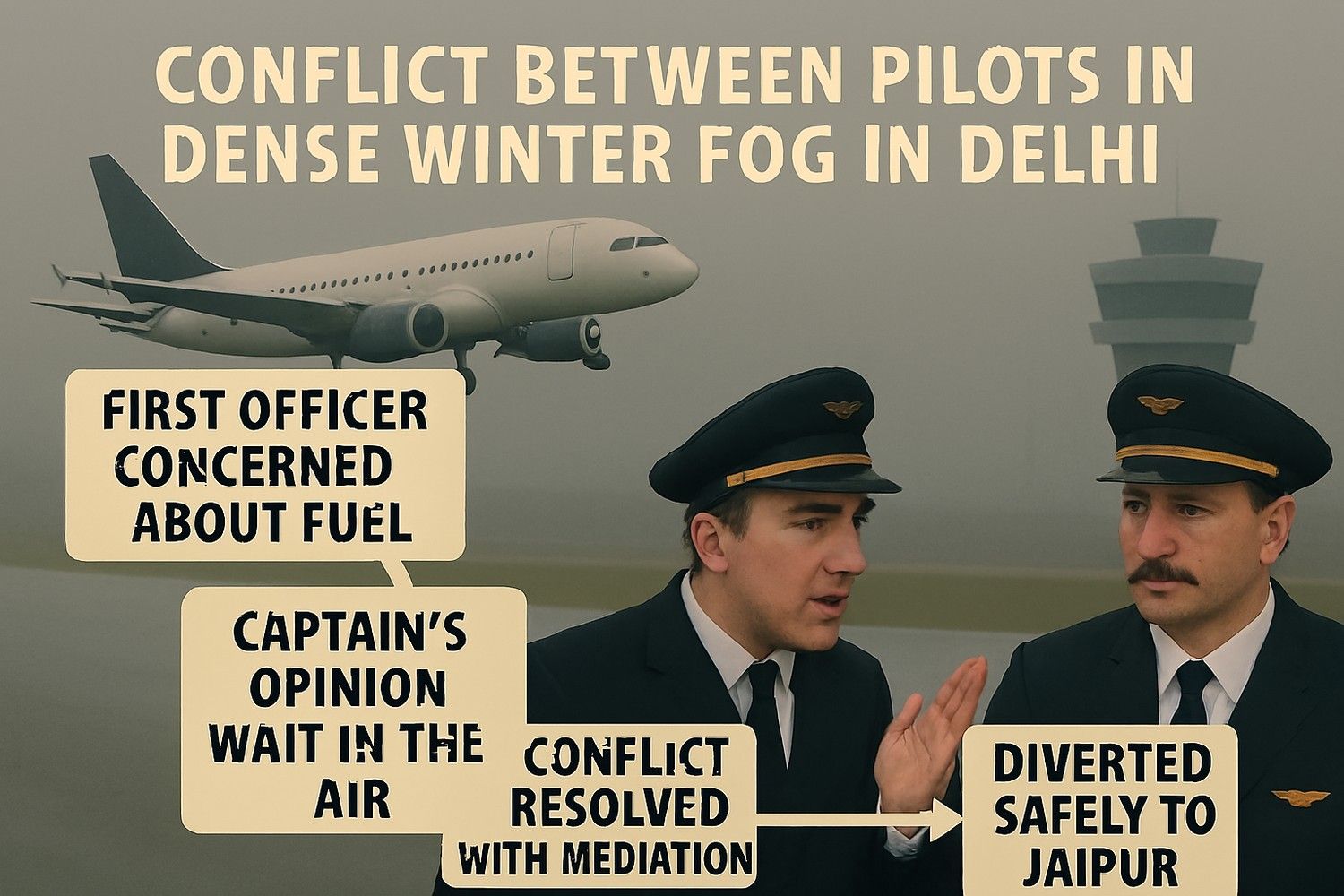
Delhi’s winter fog was so dense that it caused a conflict between flight pilots. The second in command was apprehensive about the fuel, but the captain wanted to wait till the visibility improved, which led to a conflict between pilots during a flight. The First Officer was concerned about the aircraft's fuel levels, whereas the captain's opinion was to wait in the air until the visibility improved.
The conflict was resolved with the mediation of Flight Operations, leading to a safe diversion to Jaipur.
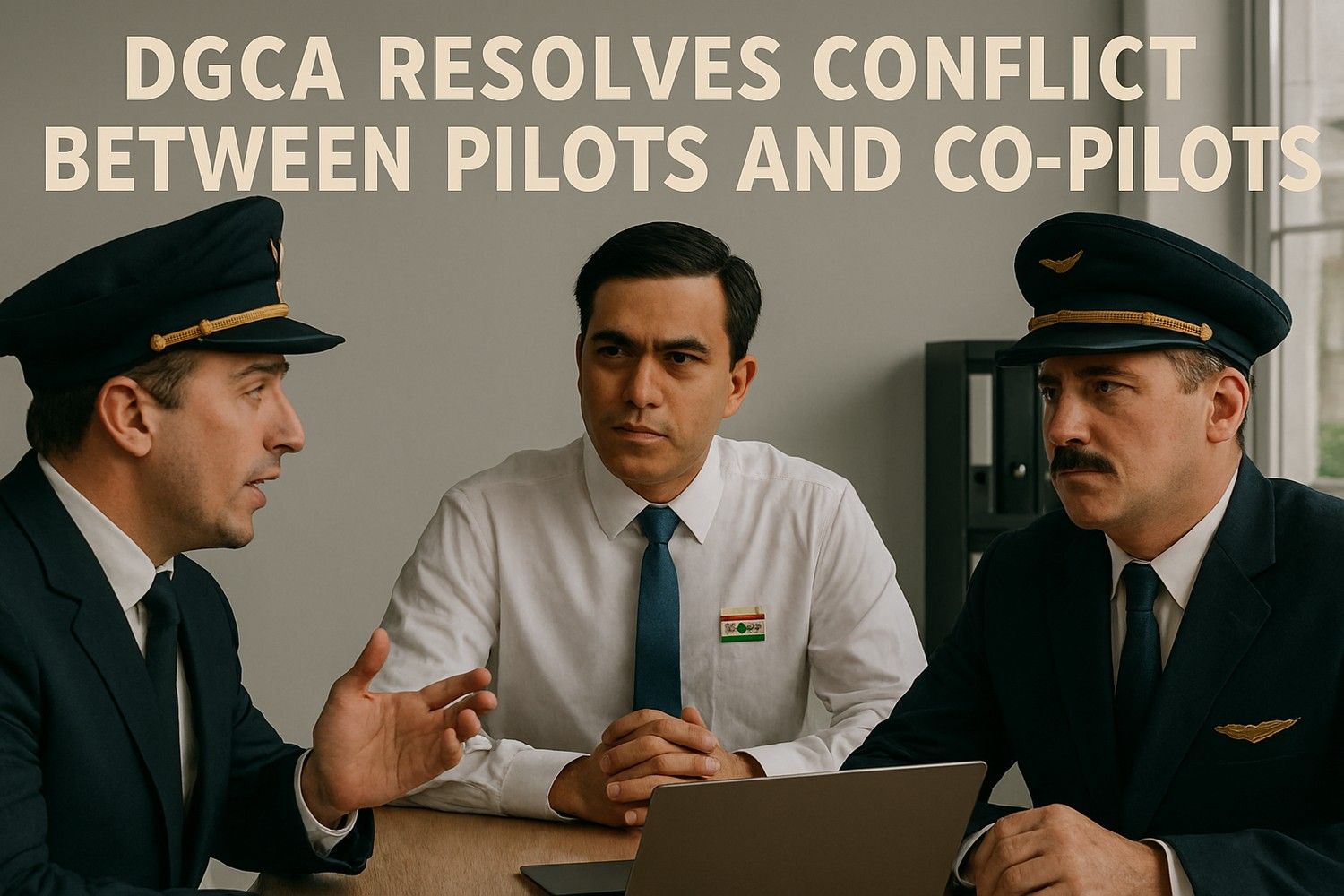
The DGCA has established guidelines for handling cockpit conflicts. Some of them are:
CAR Section 8 (Flight Crew Licensing): This mandates that all commercial pilots undertake CRM training every year, with specific modules on conflict resolution and authority challenge procedures.
CAR Section 2 (Airworthiness): It requires airlines to have standard procedures for handling crew conflicts that may affect flight safety.
CAR Section 7 (Flight Operations): It establishes minimum standards for crew coordination and communication protocols.
Regular audits regarding airline CRM programs are conducted by the DGCA, with penalties of 1-10 lakh per violation. In 2023, 847 safety audits were conducted across Indian airlines, with a special focus on crew coordination.
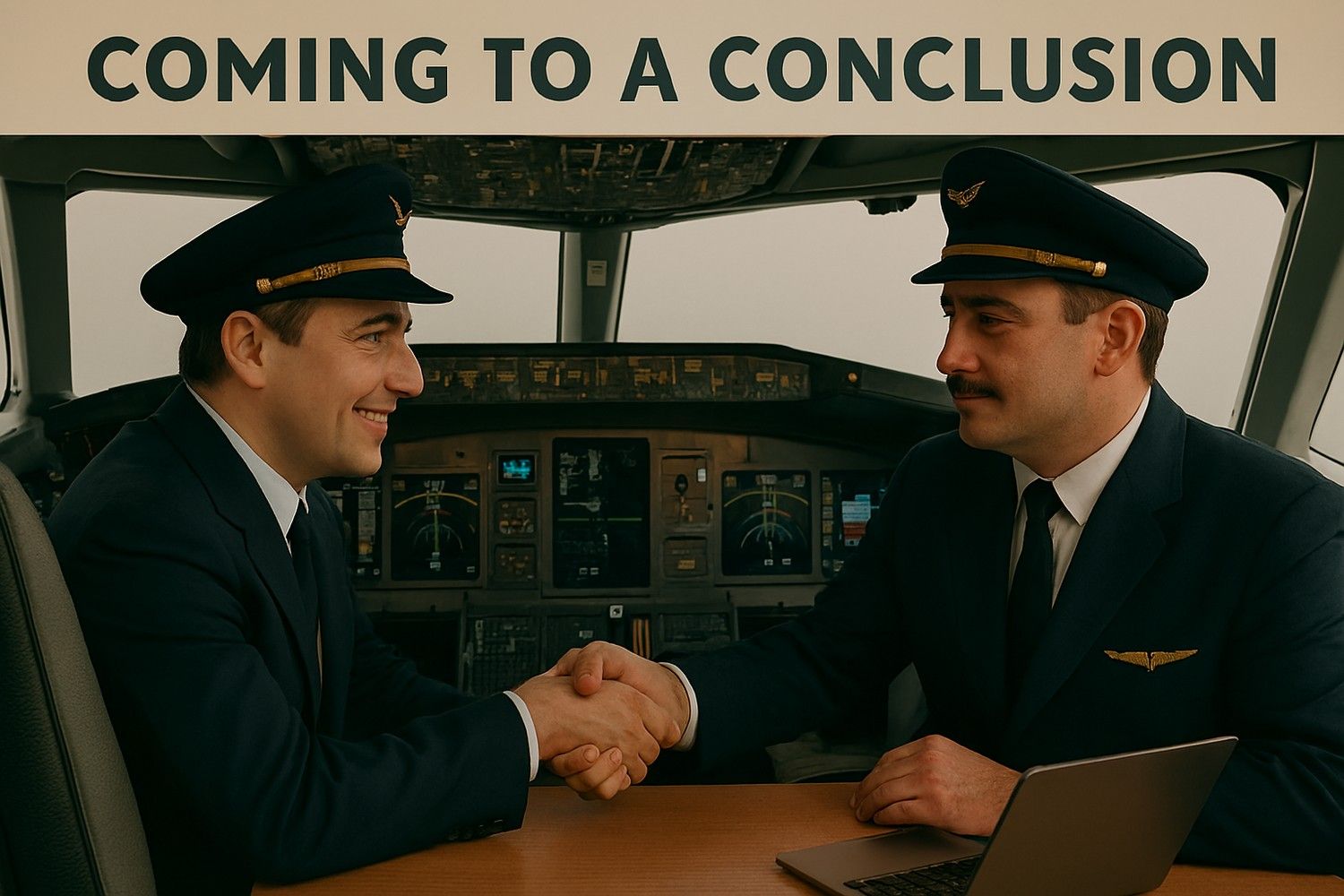
The goal isn't to eliminate all disagreements between crew members; healthy professional debate can bring about better decisions. As an alternative, what’s needed is to ensure a quick resolution of a conflict. In attaining this balance, Indian aviation is soaring towards safety and operational excellence.
If you also aspire to be a pilot and be a part of the budding aviation industry in India, you can come to us at Flapone Aviation to take the first step with full confidence.
Connect with our aviation mentors to find the right path toward becoming a licensed aircraft pilot.